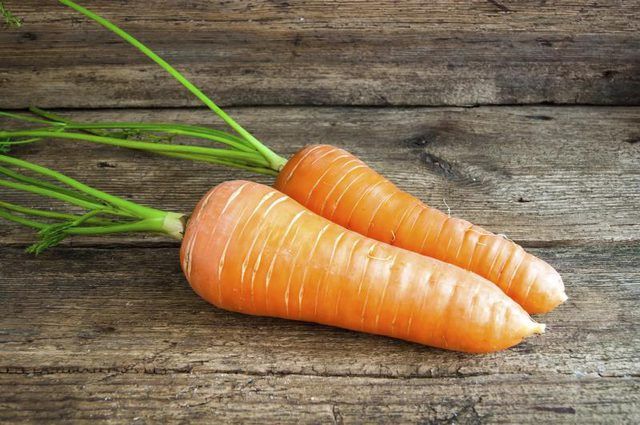Bulbs
Flower Basics
Flower Beds & Specialty Gardens
Flower Garden
Garden Furniture
Garden Gnomes
Garden Seeds
Garden Sheds
Garden Statues
Garden Tools & Supplies
Gardening Basics
Green & Organic
Groundcovers & Vines
Growing Annuals
Growing Basil
Growing Beans
Growing Berries
Growing Blueberries
Growing Cactus
Growing Corn
Growing Cotton
Growing Edibles
Growing Flowers
Growing Garlic
Growing Grapes
Growing Grass
Growing Herbs
Growing Jasmine
Growing Mint
Growing Mushrooms
Orchids
Growing Peanuts
Growing Perennials
Growing Plants
Growing Rosemary
Growing Roses
Growing Strawberries
Growing Sunflowers
Growing Thyme
Growing Tomatoes
Growing Tulips
Growing Vegetables
Herb Basics
Herb Garden
Indoor Growing
Landscaping Basics
Landscaping Patios
Landscaping Plants
Landscaping Shrubs
Landscaping Trees
Landscaping Walks & Pathways
Lawn Basics
Lawn Maintenance
Lawn Mowers
Lawn Ornaments
Lawn Planting
Lawn Tools
Outdoor Growing
Overall Landscape Planning
Pests, Weeds & Problems
Plant Basics
Rock Garden
Rose Garden
Shrubs
Soil
Specialty Gardens
Trees
Vegetable Garden
Yard Maintenance
How to Harvest Carrot Seeds
How to Harvest Carrot Seeds. Carrots (Daucus carota) are biennial plants that do not yield seeds until their second year of growth. Harvesting and saving carrot seeds is not difficult. Your biggest decision is whether or not to grow heirloom carrot varieties for their seeds or take a chance at growing hybrid varieties. Carrots are hardy in U.S....

Carrots (Daucus carota) are biennial plants that do not yield seeds until their second year of growth. Harvesting and saving carrot seeds is not difficult. Your biggest decision is whether or not to grow heirloom carrot varieties for their seeds or take a chance at growing hybrid varieties. Carrots are hardy in U.S. Department of Agriculture plant hardiness zones 4 through 10.
Choosing Carrots for Their Seeds
Open-pollinated carrot plants are also called heirloom carrots. If you ensure they do not receive pollen from another type of carrot and you plant their seeds, then the seeds will yield carrot plants that look and grow like the parent plants and produce taproot vegetables that taste like those of the parents.
Heirloom carrots include "Early Horn" (Daucus carota "Early Horn"), which produces orange-red taproots and was prized by 19th-century Shakers. Its taproots grow about 2 inches wide and 6 inches long and do not taper to a point. "Chantenay" (Daucus carota "Chantenay") has deep, red-orange taproots that grow 6 to 7 1/2 inches long. The taproots of Oxheart carrot (Daucus carota "Oxheart") are used for cooking and stewing, weigh up to 1 pound each and grow 6 inches long.
Hybrid seeds are produced by pollinating two carrot varieties. Most carrots sold in supermarkets are sterile hybrids. If you plant their seeds, they may not grow plants that produce flowers or seeds. If they yield seeds and you plant them, the result may not be anything like the original carrots. Hybrid seeds are typically more expensive than heirloom seeds, but the resulting plants are easier to grow and often less susceptible to disease.
The numerous hybrid choices include "Thumbelina" (Daucus carota "Thumbelina"), the taproots of which grow fewer than 5 inches long. Most carrots grow best in sandy soil, but "Red Core" (Daucus carota "Red Core"), which produces broad taproots with rounded tips, will grow in clay that contains some organic matter. The taproots of "Healthmaster" (Daucus carota "Healthmaster") are cylindrical, long, have a yellowish core and often are used to make juice.
Preparing Carrots to Yield Seeds
Carrots have to undergo vernalization to produce seeds. Vernalization is a period of winter cold that you can mimic with a refrigerator.
The vernalization process begins with harvesting carrot taproots, removing their lateral and fibrous roots and trimming their tops to 3/4 to 1 1/4 inches long. Wash and air-dry them, pack them in paper bags with a like amount of wood shavings and place the paper bags in polyethylene bags. Close the polyethylene bags, and store them in a refrigerator at 35.6 to 41 degrees Fahrenheit. When water drops accumulate inside the polyethylene, puncture the plastic.
Plant these carrots outdoors after the last spring frost. Prevent cross-pollination from other carrot species, including those growing in the wild, by planting the carrots at least 1,094 yards from other flowering carrots. They should develop seed stalks in four to six weeks.
Understanding Seed Growth and Pollination
Carrot seeds grow on groups of flowers called umbels. Flowers on an umbel do not yield seeds all at once, however. About 23,000 tiny, brown carrot seeds with tiny barbed hooks weigh 1 ounce. The seeds grow in clusters resembling bird nests. In wet weather, the clusters bend inward, protecting the seeds from rain. In dry weather, which is good for dispersing seeds, the clusters bend outward, exposing the seeds to birds and wind.
If bees are in your area, then they probably will pollinate your flowering carrots enough for the plants to yield seeds. If your area doesn’t have bees, then pollinate carrot flowers by gently rubbing them back and forth between the palms of your hands.
Collecting the Seeds
Carrot flower umbels become brittle and their seeds turn brown when they’re ready for harvest. Those conditions occur four to six weeks from the time the umbels develop.
Obtain the largest number of quality carrot seeds by collecting them repeatedly over a period of weeks. Rub the flower heads gently each time to let the ripe, brown seeds fall into a paper bag, and then rub the seeds through a fine screen to remove their hooked spines and chaff. When you do those tasks, wear a face mask to avoid inhaling the debris.
The seeds will remain useable in a cool, dry place for up to three years.